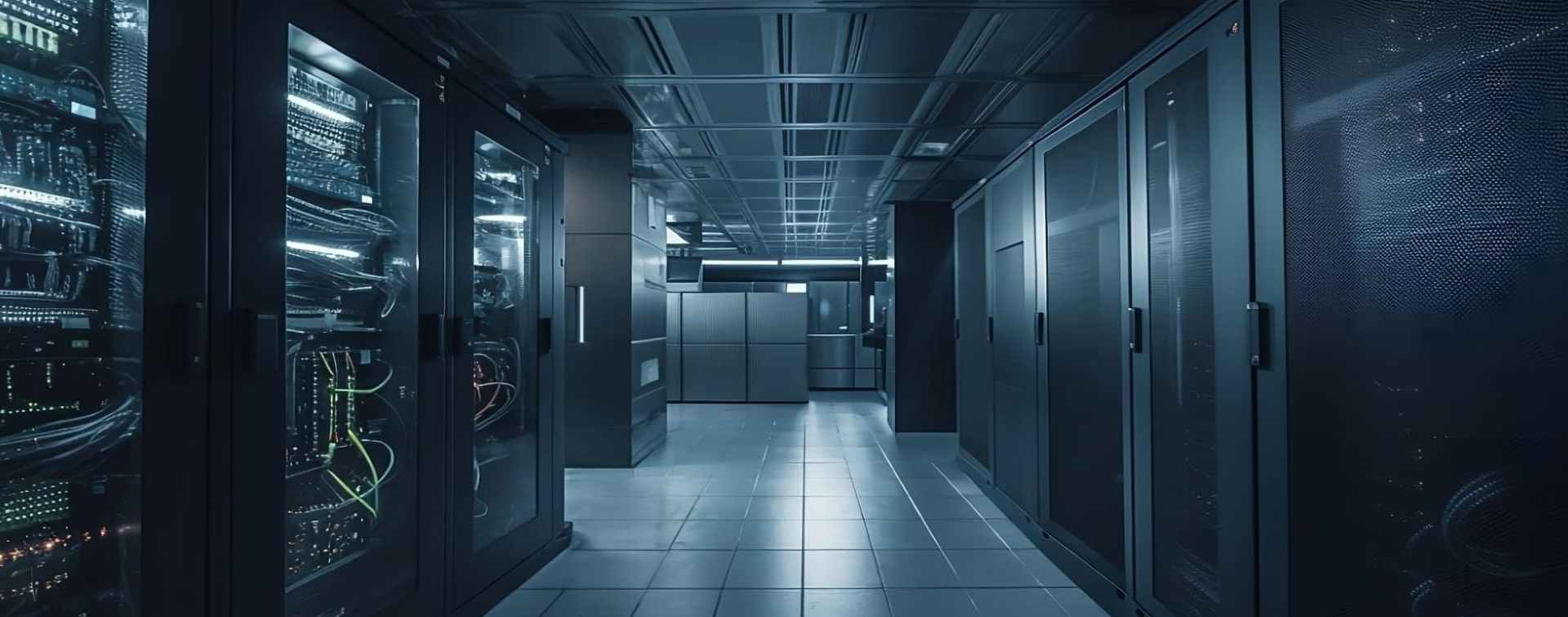Amidst the slowdown in the industrial sector, data centers are proving to be a bright spot. Fueled by the growth of AI and its immense data storage requirements, demand for data center space is surging: According to the latest national industrial report by commercial real estate listing platform CommercialEdge, there was 27.4 million square feet of data center space under construction at the end of February, as well as another 33.5 million square feet in the planning stages.
Furthermore, last year alone, data center construction totaled 14.2 million square feet — an increase from the previous three years’ average of 10 million square feet. Additionally, data centers’ share of overall industrial space doubled from a 2% share between 2020 to 2022 to reach 4.3% in 2023.
“While recognized as a niche subset of the market, it is a notable opportunity in certain markets as general warehouse/distribution project starts continue to slow,” said Peter Kolaczynski, director at CommercialEdge.
That said, power is a major factor affecting the landscape and development areas. Specifically, data centers require two to five times more energy than a typical cloud server. Moreover, despite established data center hubs like northern Virginia benefiting from robust infrastructure, their capacity is currently constrained by the substantial power demands of AI workloads.
Data Center Construction Hits Secondary Markets
Consequently, this has led to a shift toward secondary markets with abundant resources. For example, Atlanta has 3 million square feet of data center space under construction representing 34% of its existing stock and leverages ample land and power resources to meet the growing demand for data centers. Underscoring this growth, Georgia Power recently disclosed that while industrial manufacturing facilities have significant electricity needs, data centers account for 80% of their projected demand.
Thus, effective collaboration between stakeholders is crucial for navigating the dynamic data center landscape, and Google’s recent $1 billion investment in a Kansas City data center (partnered with regional utility Evergy) serves as a prime example. That’s because this partnership ensures access to the necessary power grid infrastructure for the new facility.
Accordingly, in secondary markets lacking strong public grid infrastructure, alternative solutions are emerging. One innovative solution involves small modular reactors (SMRs). This technology is behind the recent deal between data center giant Equinix and SMR developer Oklo. In a first for the colocation industry, Equinix prepaid $25 million to secure up to 500MW of nuclear energy from Oklo’s future reactors.
Meanwhile, to directly address the demands of the AI revolution, Meta is building an $800 million data center in another key secondary market — Indiana. Located in Jeffersonville, this facility will be specifically designed to support AI services. Notably, to handle the intensive computing needs of AI, the data center will be equipped with liquid-cooled hardware.









